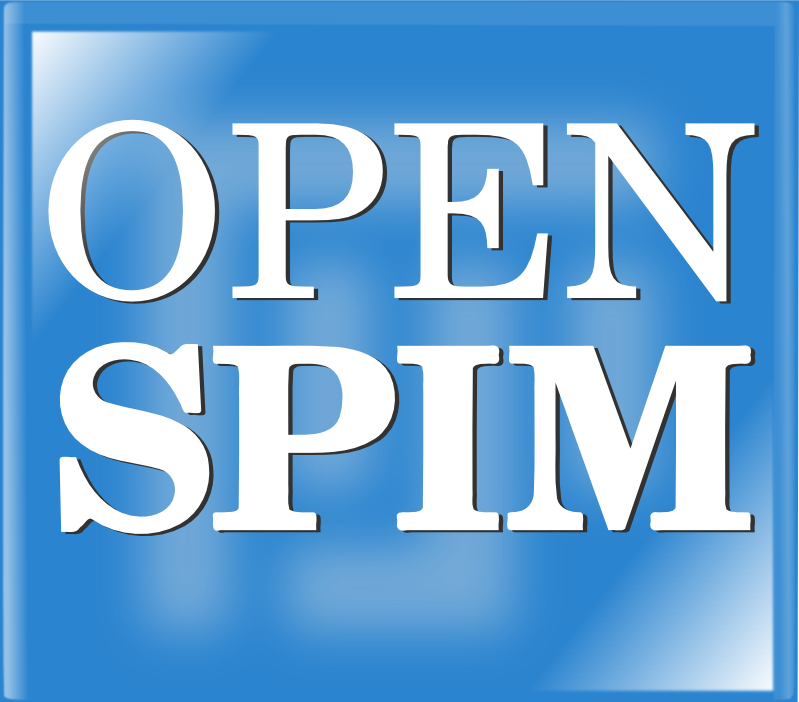Links
- ImageJ's Google+ page
- Fiji's Google+ page
- ImageJ 1.x documentation
- ImageJ User Manual
- Fluorescence image analysis introduction
- ImageJ Documentation Wiki
- About the relationship between ImageJ2 and Fiji
- Wikipedia page on ImageJ
- Wikipedia page on Fiji
- Fiji on OHLOH
- ObjectJ
Links to the contributors' personal pages can be found here.
Contents
More ImageJ plugins
- Plugins on the ImageJ website, specifically links to external websites
- Plugins on the ImageJ Documentation Wiki
- The Biomedical Imaging Group in Lausanne has many interesting plugins.
- Christian Henden has some interesting plugins (mainly in the Public Domain), including 3D threshold methods: http://www.pvv.org/~perchrh/imagej/
Related projects
| The Konstanz kNowledge Information Mining Environment. | |
Error creating thumbnail: Unable to save thumbnail to destination |
µManager is an extensive software suite to interact with microscopes. It integrates nicely as an ImageJ plugin ( Plugins › Micro-Manager › Micro-Manager Studio). |
| OpenSPIM is an Open Access and Open Source project to make Single Plane Illumination Microscopy (SPIM) accessible to researchers working with, or on, SPIM technology. | |
| Slide Set is a batch processing system for ImageJ, already leveraging the power of ImageJ2. |
Image Processing and Ethics
See the Principles page.
Input/Output
See the Formats page.
Movie support
See the Video page.
Image Processing
See the Principles page.
A pixel is not a little square. Really. It is not. Pixels may be spaced on a regular grid. But that does not make them square. Even thinking about them as squares will harm your analysis, since it is simply wrong.
Explore the Hypermedia Image Processing Reference of the Department of Artificial Intelligence in the University of Edinburgh for an extensive overview of available image processing techniques.
The University of Edinburgh also has the rather complete CVonline compendium of Computer Vision.
A scientific image is not a photograph!
Programming in science
In research Software should be treated just like materials: if you publish your results, you should publish the software (including source code), too.
Even Nature says that your code is good enough; you should publish it if you want to be a good scientist.
If you're still unsure and think that your code is not good enough, then publish it under a license appropriate for science (CRAPL).
Java
- An introduction to Java for kids (ebook)
- Mixing light-weight (Swing) and heavy-weight (AWT) components
- Infrequently Asked Questions about Java
- Details about Sun's/Oracle's Java Just-In-Time (JIT) compiler, and in particular, performance techniques of the JIT.
Miscellaneous
- An explanation where ImageJ's icon's microscope comes from.


